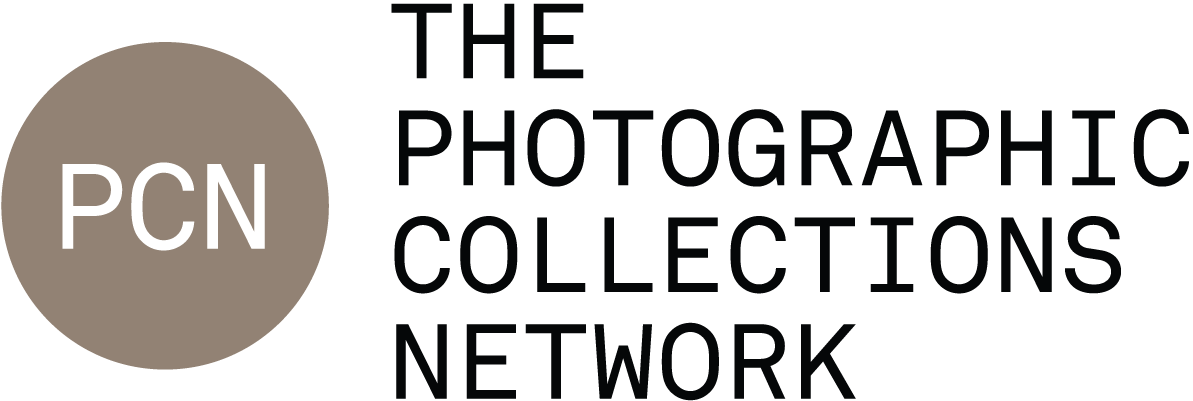What type of photographic process was used to make this image?
Photography has gone through a number of different technical incarnations in its almost 200-year history. The earliest surviving photograph was taken by Nicéphore Niépce in 1826 from his window in Saint-Loup-de Varennes, France. Niépce, his collaborator Louis Daguerre and early pioneer William Henry Fox Talbot experimented with a number of techniques including using lavender oil, pewter plate, silver coated copper and iodine and bees-wax coated paper, as a result the early history of photography is populated by numerous scientific experiments, successes and failures.
Some of the most prominent photographic processes include:
The Daguerreotype, announced in 1839, is an early form of photography which is made on a silver-plated metal sheet and typically has a silver sheen to it. Daguerreotypes are often kept under glass and have a positive or negative appearance depending on the angle of view.
The Albumen Print, which was popular from 1850, is made from paper coated in egg white, salts and silver nitrate exposed to a negative and sunlight; they and are often stuck onto a mount or other surface. Cartes de visite are most often albumen prints.
Wet and Dry Glass Plate printing, introduced from 1851, involves a sheet of hand-coated glass which is developed while still wet. By 1860 it had mostly taken over as a popular technique. By the 1880s it was largely replaced by the gelatin dry-plate, also produced on glass.
Carbon Printing was introduced from 1864; they have a matt finish and are printed in a variety of black and white tones, produced on a paper with a light-sensitive gelatin.
Platinum Printing was first patented in 1873 and was popular until the 1920s by which time the price of platinum had rocketed. Platinum prints were made on paper using iron salts and platinum compound exposed to daylight. They are highly valued for their tonal depth and range and the stable quality of the process.
Other techniques and modern prints fall into numerous categories including black and white Silver Gelatin prints, C-Types, Dye-Transfer and Digital Images, and a number of alt-techniques.
A good place to learn about these techniques in more detail is the Victoria & Albert Museum website which lists techniques and processes. The Getty Museum and George Eastman House, USA both have a series of youtube films on the history of photographic processes. A number of excellent books have been published on the topic of technique including Photographs of the Past: Process and Preservation, by Bertrand Lavedrine (Getty, 2009). The Getty Conservation Institute has a number of excellent resources including the Atlas of Analytical Signatures of Photographic Processes which explains photographic history and its processes clearly, with free pdfs to download.
